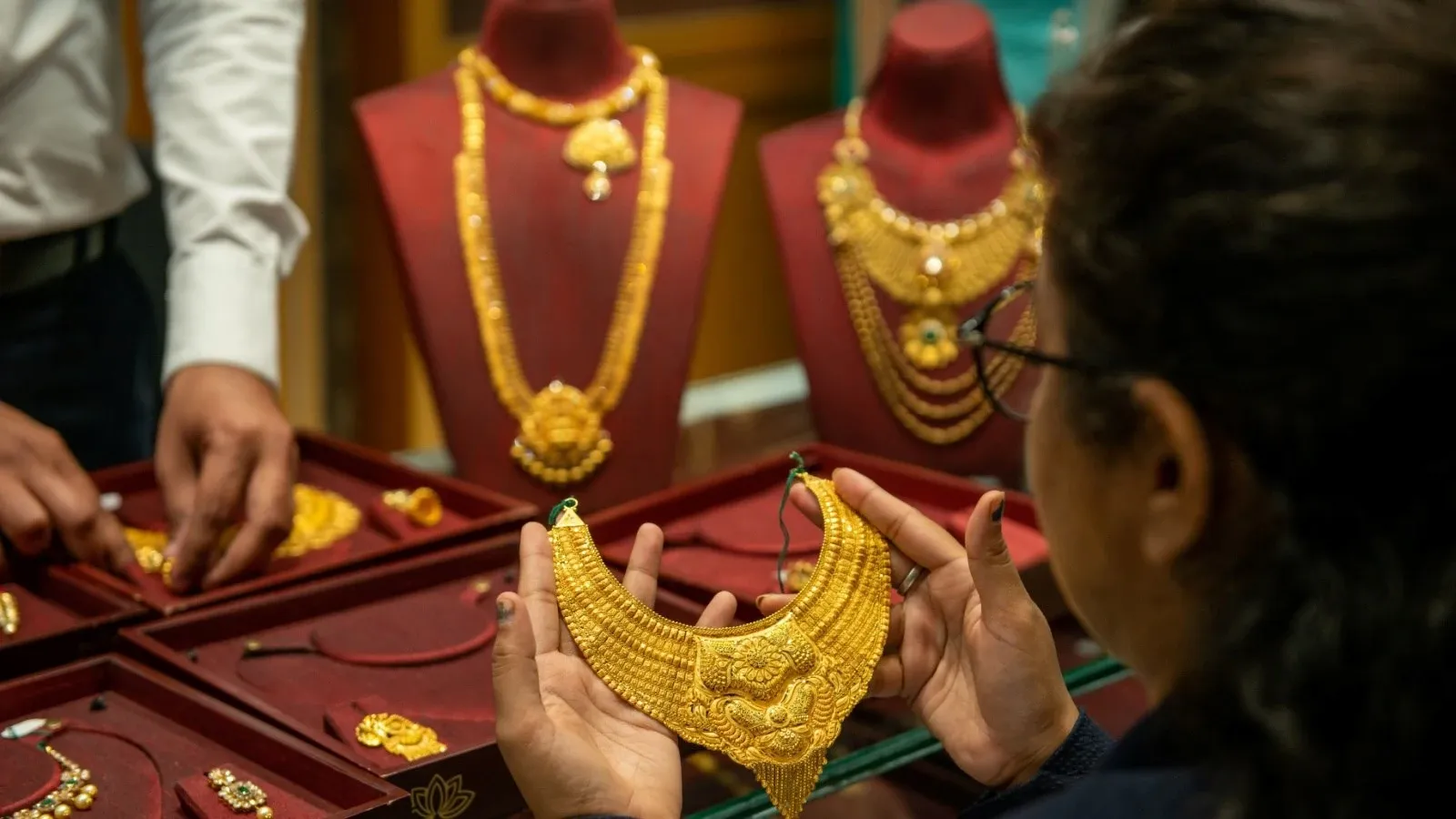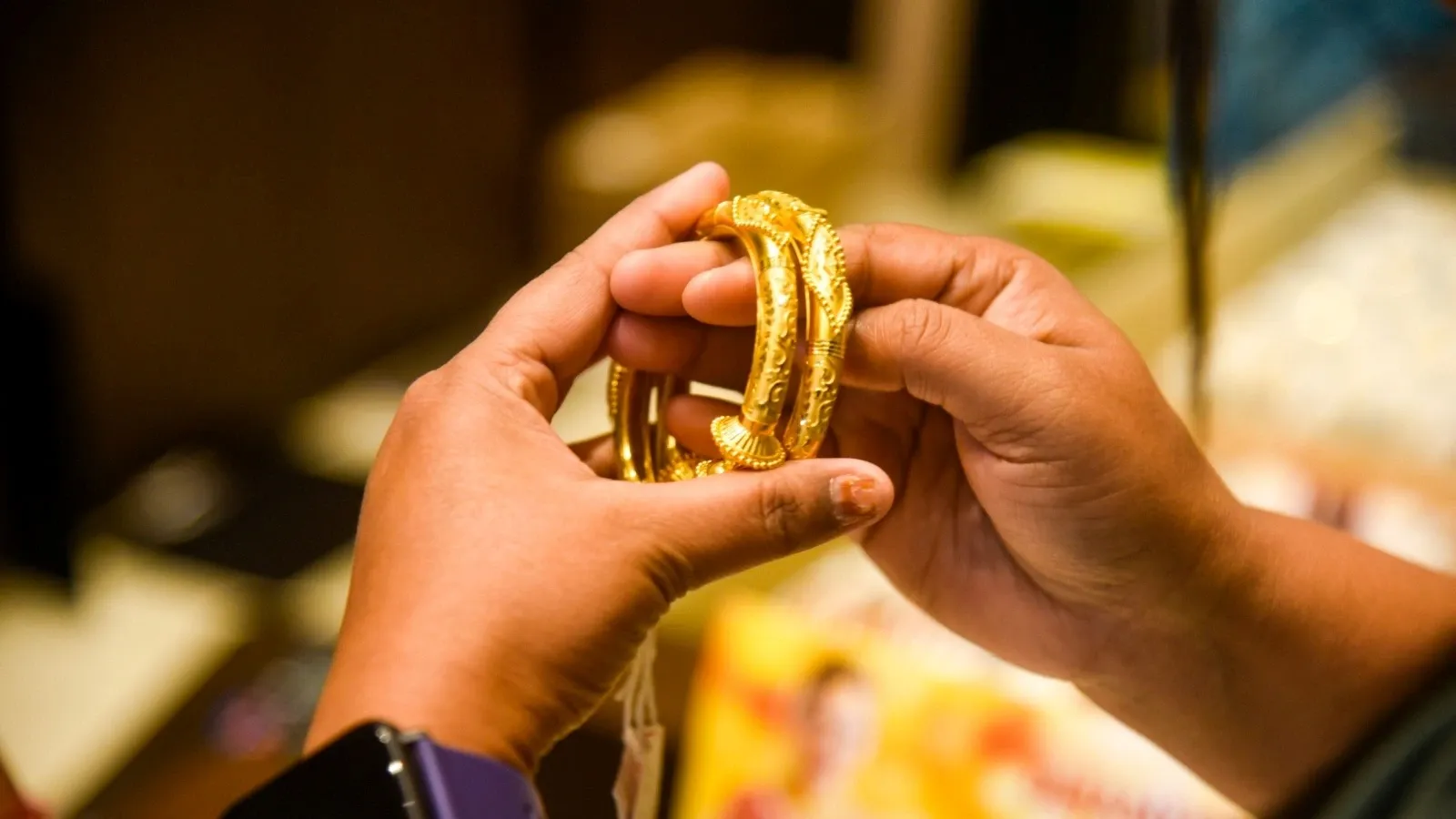Personal Finance News
After 45 years of marriage, a woman wants to sell gold jewellery to buy a house. Can she avoid tax?

3 min read | Updated on May 16, 2025, 13:10 IST
SUMMARY
You can save tax after selling gold. Section 54F allows individual and HUF taxpayers to save tax on capital gains arising from the sale of a long-term capital asset, other than a residential property, by investing the gains in a new residential property.

Tax can be saved by investing LTCG from gold in residential property. | Representational image source: Shutterstock
One of our readers, Usha R Dave, 70, has been holding her gold jewellery since her marriage in 1980. After 45 years, she is planning to sell the gold ornaments to invest in a residential property.
However, she is not sure whether she can claim tax exemption on long-term capital gains from selling the gold ornaments if she invests the proceeds in a residential property.
"I am a 70-year-old housewife. Can I get an exemption of long-term capital gain on selling my gold ornaments, which I am holding since my marriage in 1980, and the total consideration will be invested in my residential property?" Mrs Dave wrote in an email dated April 25, 2025.
Yes, exemption from long-term capital gains (LTCG) on the sale of gold ornaments may be available under Section 54F of the Income Tax Act, 1961, subject to satisfaction of prescribed conditions.
Gold ornaments held since 1980 qualify as long-term capital assets as they have been held for more than 24 months.
Section 54F allows individual and HUF taxpayers to save tax on capital gains arising from the sale of a long-term capital asset, other than a residential property, by investing the gains in a new residential property.
Thus, the gains derived from selling gold ornaments can be claimed as exemption under section 54F provided such gains are long term in nature and the amount of net consideration received is invested in accordance with the provisions of the section as mentioned below:
-
Such new house property should be purchased within a period of 1 year before or 2 years after the date of transfer of old house or should be constructed within a period of 3 years from the date of transfer of the old house.
-
The assesse should not transfer the newly acquired asset for a period of 3 years from the date of acquisition or construction. In case of any such transfer or conversion made, the exempted gains would be subjected to tax in the year of such transfer or conversion.
-
Assessee should not own more than 1 Residential House Property on the date of transfer of Capital Asset
-
During the period of 2/3 Years, the assessee must not purchase/construct any other House Property
The capital gains tax exemption calculation under Section 54F would be as follows:
Herein, the net sale consideration is the amount received from the sale of the capital asset after deducting any expenses related to the sale.
-
If the entire capital gains are reinvested in the new property, the taxpayer can claim the full exemption on the capital gains tax amount. However, where the cost of new residential asset exceeds ₹10 crore, the amount exceeding ₹10 crore shall not be taken into account while computing the exemption.
-
If only a part of the gains is invested, only the proportionate amount of such long-term capital gains will be exempt.
Related News
By signing up you agree to Upstox’s Terms & Conditions
About The Author
Next Story



